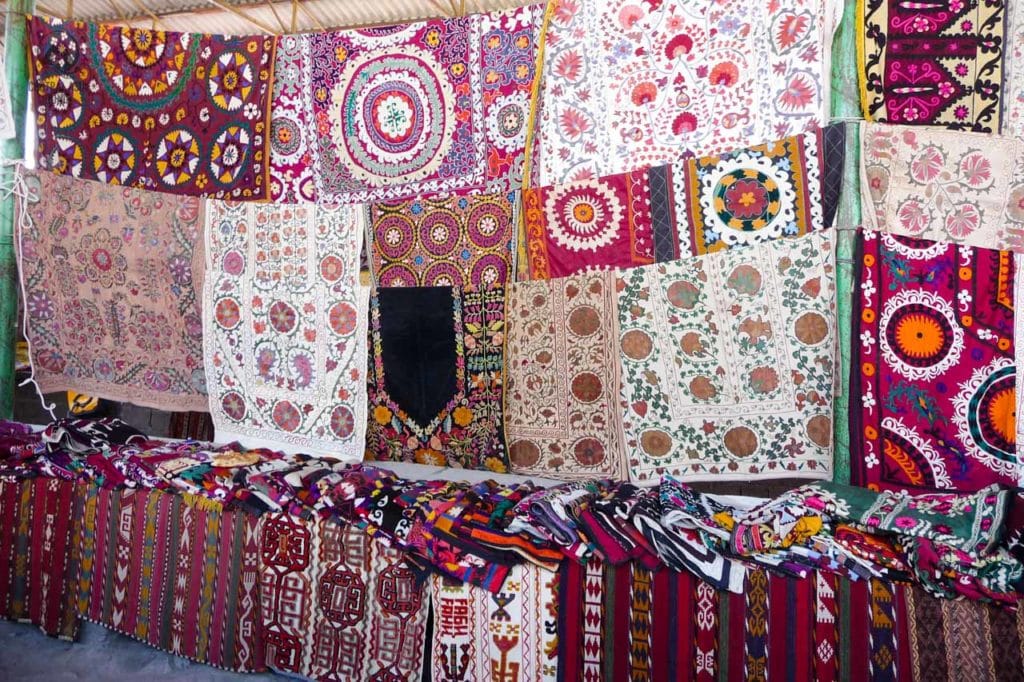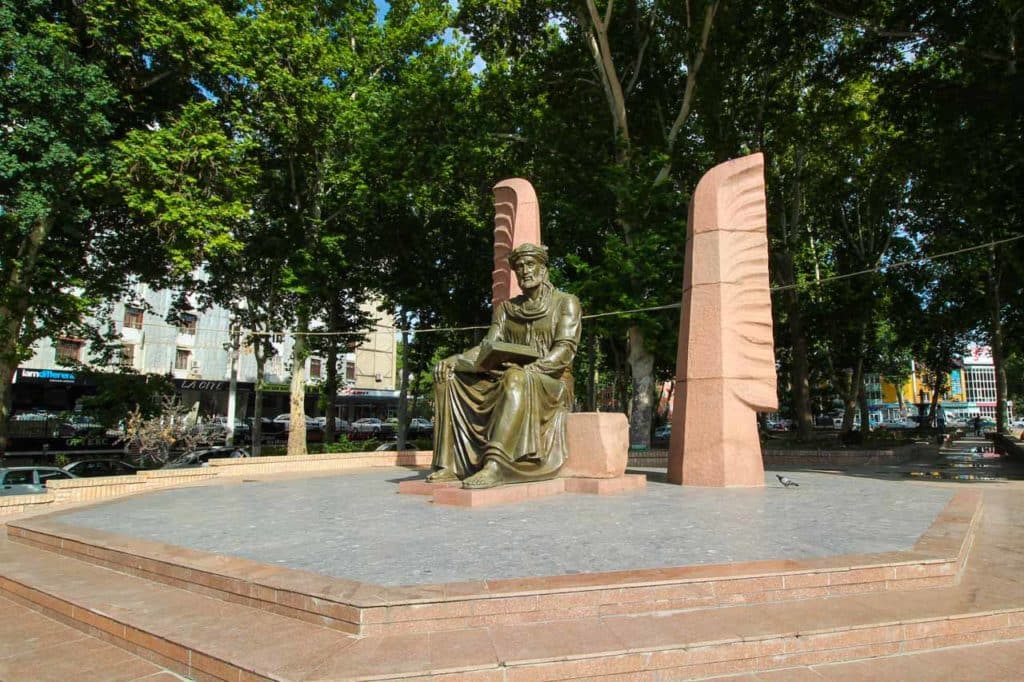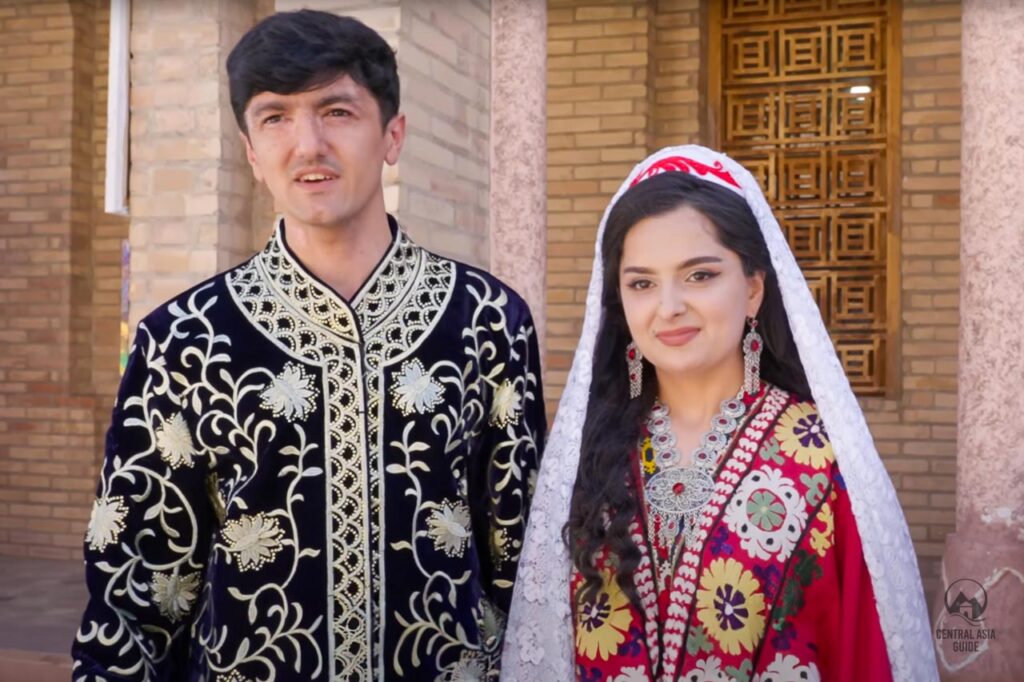TAJIK CULTURE AND TRADITIONS
Tajik Culture
The culture of Tajikistan formed over several thousands of years and has absorbed many ideas from Zoroastrianism and Islam. Tajik culture has can be also roughly divided into two main areas, the lowlands and Kuhiston culture of the higher areas. Unlike other Central Asian countries, Tajik culture is quite closely similar to Afghan and Iranian cultures. Tight ties with Persia have have left a profound impact on the literature and arts of Tajikistan. The 20th-century Soviet impact produced the explicit documentation of local practices. Although decades of conflict have left deep scars on the national consciousness, the mood in recent times has been cautiously optimistic. Tajik culture can be best experienced by taking part in one of our Tajikistan Tours or Central Asia Tours.
Art is an integral part of Tajik culture. Since the opening of the Great Silk Road, the region has been the home to some of the finest artisans who were really skilled at creating artworks and jewelery making. A strong folk art tradition still remains across the nation and the country produces excellent quality of textiles, embriodery and other decorative items which are exported to Europe and other parts of the world.


The area of Tajikistan has been inhabited at least since the 4000 BC. In the following centuries, it got absorbed into the Achaemenid Empire and was ruled by different empires with their own cultures. Zoroastrianism was practiced in this region which was adopted by then-Persian emperors as a state religion. It was highly prevalent during the Samanid era but gradually declined. Next came the Greek conqueror Alexander the Great who incorporated the region into his Greeco-Bactrian Empire. Islam was introduced into the region in around 5th Century BC.
The Emirates and Khanates of both Bukhara and Kokand ruled some portion of the total region. Lately, it was the Soviet Union which ruled the region and during that epoch, the Russians merged Uzbekistan and Tajikistan together into a single entity called Tajik Autonomous Soviet Socialist Republic of Tajik SSR. Cities like Bukhoro, Samarkand, Herat, and Balkh which are no longer part of the country played a major role in the development of its culture and the country as a whole. It should be also noted that the culture in the currently Uzbek cities of Bukhara and Samarkand is very much Tajik culture due to the Soviet division of the conquered lands while Khujand is largely an Uzbek city but neither of the inhabitants of the two countries wish to talk about this issue when asked about it.


Tajik Cuisine
Tajik cuisine is certainly Central Asian with plenty of grilled meats and dairy products, however with an influence by Afghanistan, Russia, and even Iran. Tajik meal contains a variety of fruit, meat, and soup dishes. The most popular dishes are “kabuli pulao”, “qabili palau” which is a variety of Central Asian plov, and Samanu or samsy (samosa) .
Tajik starters are small dishes such as dried fruit, nuts, and halva, followed by soup and meat, and completed with plov. Bread and tea still play the vital role in the life of Tajiks, there will always be a kettle on the boil and a few cups of tea bowls filled with a light, steaming tea. Apart from the most common Central Asian foods which were described in the cuisines of Uzbekistan and Kyrgyzstan, Tajik cuisine has its own unique dishes as well such as Qurutob.
Tajik Music and Dance
Tajik dance and music are a vital part of the country’s cultural heritage. While Tajik music is characterized by its rich history and diverse influences. It combines elements of traditional Central Asian music with Persian and Indian influences.
Tajik Handicrafts
Tajikistan has a rich tradition of handicrafts, with a variety of crafts produced across the country. These handicrafts often reflect the history, culture, and natural environment of Tajikistan, and are made using traditional techniques and materials.
Tajik Traditions
Tajik Wedding
Tajik wedding is a multi-day celebration that involves a variety of traditional customs and rituals. The weddings in Tajikistan show the deep importance placed on family, community, and tradition in Tajik society. It is one of the celebrations for families and friends to come together to celebrate the union of the couple and to wish them a happy and prosperous future together. The wedding process in Tajikistan often takes several steps and may place over the course of several months.
PAMIRI TAJIKS AND YAGHNOBIS
The Pamiri and Yagnobi people are minority ethnic groups in Tajikistan. Both the Pamiri and Yagnobi people have faced challenges in recent decades, including political and economic instability in the region, limited access to education and job opportunities, and language marginalization. However, there have been efforts to preserve and promote the cultural heritage and languages of these minority groups in Tajikistan.
Pamiri people
The Pamiri people are an ethnic group native to the Pamir Mountains of Tajikistan, Afghanistan, and neighboring countries. They have their own distinct culture, language, and history, and are considered one of the many minority groups in Tajikistan.
Yaghnobi People
The Yaghnobi people or Yagnobies, are an Iranian ethnic minority in Tajikistan. They are the last remaining speakers of the Sogdian languages and the Sogdian genetic descendants. Today they live in Tajikistan’s Sughd province in the valleys of the Yaghnob, Kul and Varzob. The Yagnobi people are known for their traditional crafts, including weaving and embroidery, and have a rich cultural heritage that is rooted in their history and language.
Tajikistan and Pamir Festivals
Festivals in Tajikistan are deeply rooted in history and culture, offering a colorful glimpse into the lives and values of its people. These celebrations highlight the country’s connection to nature, its rich heritage, and the strong sense of community that defines Tajik society.
Other Central Asian cultures
Page updated 4.3.2023